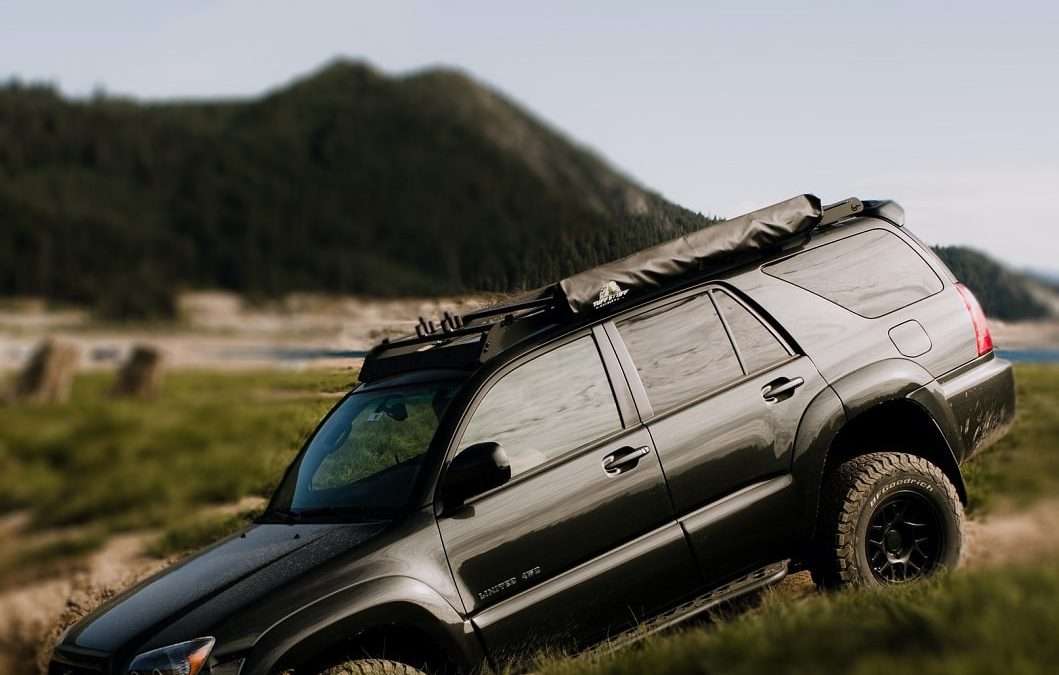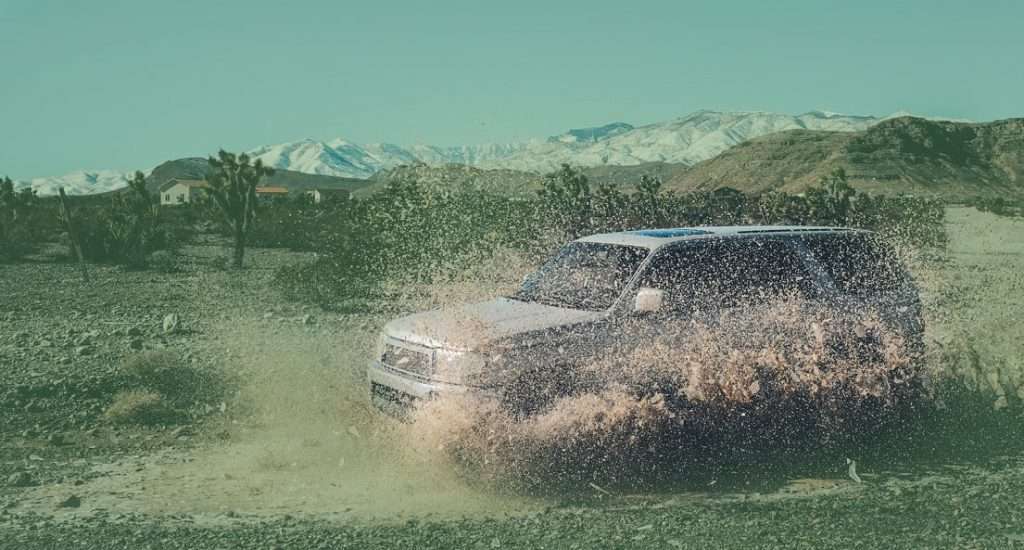One of the first ideas most people have when upgrading their rig is to install a lift kit. Deciding whether to lift it or not is just the first phase. Lifting your 4runner will require some consideration and research if you want to discover the best configuration for your vehicle, requirements, and money.
The popularity of the 4runner in the aftermarket has led to a wide range of choices. Luckily, you are heading in the right direction if you are here. The information below details key factors to consider before lifting your 4runner
Factors To Consider Before Lifting Your 4 Runner
Consequences of lifting your 4Runner
Lifting your suspension may increase the load on the front-end components, particularly the CV joints. Yet, if you keep the lift at 3 inches or less, this will not be a huge concern. Even so, it will hasten the deterioration of parts usually regarded as general wear items.
Your rig could feel a little top-heavy when turning, depending on the height of the lift you select. Generally, raising the center of gravity of your car will not help you in terms of handling. Fortunately, most high-end suspension systems will do an excellent job of minimizing body roll, but it is still something to keep in mind.
Finally, keep in mind that after lifting the vehicle, you will need to prepare for a new wheel alignment, except in the case of a body lift. It will ensure that you make the most of your new suspension system and that your tires last as long as possible.
Budget
When it comes to suspension, you get what your money’s worth. So, you will need to invest more money if you want more performance. Different 4runner lift kits come in a wide variety of price points.
At the low end, straightforward spacer lifts are available for $150. The most expensive systems from the best manufacturers might easily cost upwards of $3,000. It is unrealistic to expect to jump dunes with a $150 spacer lift. So be realistic with yourself and manage your expectations. Also, prepare financially if you are determined to get better performance.
Tire size
It is advisable to settle on the tires you wish to use before adjusting your suspension. The tire size significantly impacts how high of a lift you require. Even while 4runners often have more bearing fender shapes than other cars, you should consider it.
Another important decision involves determining whether you are prepared to make any adjustments to your body mounts, fenders, mud flaps, and bumpers. You will need to address these issues for most generations of 4runners to clear a 33-inch or larger tire.
Height barrier
Consider the height clearance of the places you visit before lifting your 4runner. A lift kit and larger tires can easily be the deciding factors when determining if your car can fit within your garage. So, to avoid getting into a humiliating scenario, take some measures in advance.
Intended use
What will you be using the 4runner for?
-
- Street
Things are a little easier for 4Runners driven on public roads. Get something that gives you the look you desire. Ensure the ride is comfortable and the vehicle can handle corners quite well.
-
- Towing
When selecting a suspension configuration, it will be vital to consider whether or not you intend to tow anything. Your car should not be any taller than is necessary for towing. You will be safer if your center of gravity is lower. Spring rates are significantly different if you are towing. Although softer springs may provide a better ride, the car will sag when a trailer is attached.
-
- Off-Road
Which type of off-road driving will you be doing? Depending on how far you want to go, there are several different suspension configuration stages to pick from.
Accessories
Often, people cope with the problem of additional weight as an afterthought. Accessories, such as spare tire carriers, armor, winch bumpers, sliders, rooftop tents, etc., can significantly increase the overall weight of your vehicle. When choosing your lift setup, you should account for this in advance.
Your 4runner may ride level with the factory bumpers. But as soon as you add a metal bumper and a winch up front, things change. You will need a significant spring rate if you load this much weight. So, avoid making this error. Fortunately, many aftermarket businesses provide guidance when comparing their packages.
Level or lift
The front end of most SUVs and trucks sits lower than the rear when they leave the manufacturer. They do this purposely to compensate for any weight increases in the payload or trailer. It will sit level once you weigh it down. This is also true of the 4runner.
You might want to have the vehicle ride level when it is empty if you will not be hauling or towing heavy payloads. That is why leveling kits have gained so much traction, particularly with pickup trucks. The front end is usually raised a few inches and then leveled by a pair of spacers on top of the front springs. A little rake is smart if you intend to tow or haul heavier stuff.
Type of lift
The 4runner has many different lift options, including better shocks, body lifts, coilovers, spacers, drop bracket lifts, long travel kits, or a combination. Assuming you have a sophisticated suspension like the Toyota X-REAS shock system, you will want to ensure your lift kit of choice is compatible with it.
Final Words
A lift kit for your 4Runner has many benefits, including better visibility, the capacity to mount bigger tires, more clearance, and a more aggressive appearance. After all, nothing gives your rig the best look and a competitive edge on any terrain like a pair of brand-new, sizable tires, performance Coilover springs, and a lifted suspension.
But, smart vehicle owners know that making these specific considerations determines the success of the lift. So always make smart decisions every step of the way and always research before making any decision.



